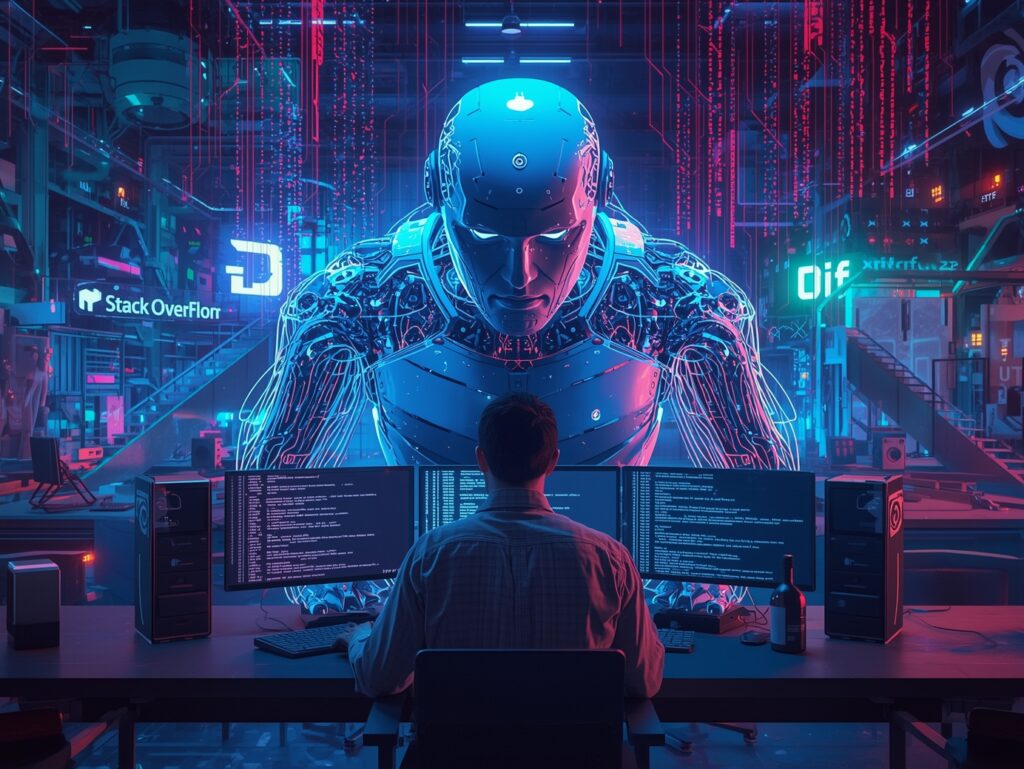
Since 2013, the IEEE has published an annual interactive ranking of the most popular programming languages . However, traditional methods of measuring popularity may be losing their meaning today, due to changes in the way we program.
In the latest IEEE Spectrum rankings, Python retains its first-place position. JavaScript has seen the biggest decline , falling from third to sixth place. Meanwhile, Python has also taken the lead in the separate ” Employment ” category, which only considers employer demand. However, SQL remains a key skill on developer resumes.
The ranking methodology is based on a collection of open data: Google search queries, Stack Overflow discussions, GitHub activity, and mentions in scientific publications . However, over the past two years, the volume of such signals has dropped dramatically. More and more programmers are turning to ChatGPT or Claude instead of posting public questions on forums, while assistants like Cursor are writing routine code themselves. As a result, the number of new questions on Stack Overflow in 2025 will be only 22% of last year’s level.
This makes it increasingly difficult to measure a language’s popularity. But, more importantly, the very need to choose a language is gradually losing importance.
While syntax, functions, and language rules were once crucial, these tasks are now increasingly being delegated to artificial intelligence . Programmers are starting to argue less about where to place a semicolon or what indentation is appropriate, and are focusing more on architecture and algorithms.
Artificial intelligence can generate code in virtually any language, provided it is provided with training data. This calls into question the future of new languages: although books, articles, and demonstration projects have helped promote them in the past, this is not enough for artificial intelligence. It requires large amounts of code for training, putting less common languages at a disadvantage.
In the long term, this could freeze the popularity of existing languages . Launching new projects will become more difficult, and language choice will increasingly become a technical detail, just as the specifications of specific processors once were.
Some researchers are already questioning whether high-level languages are really necessary. If artificial intelligence could directly transform a programmer’s query into intermediate code for the compiler, traditional languages could become a useless level of abstraction. Of course, this would lead to the creation of unreadable but unit-testable “black boxes.”
The role of programmers in this future will also change . Architectural decisions, algorithm selection, system integration, and the use of new hardware will continue to be important. This means that basic knowledge will be considered more important than mastery of a specific language.
Whether there will be a “primary programming language” by 2026 is a big question . One thing is clear: artificial intelligence has already become the most significant driver of change in software development since the advent of compilers in the 1950s. And even if some of the current hype around artificial intelligence turns out to be wishful thinking, the practice of using LLMs for programming will not disappear.
The IEEE promises to explore new metrics and approaches in the coming year to understand what “language popularity” really means in the age of artificial intelligence.
Follow us on Google News to receive daily updates on cybersecurity. Contact us if you would like to report news, insights or content for publication.
